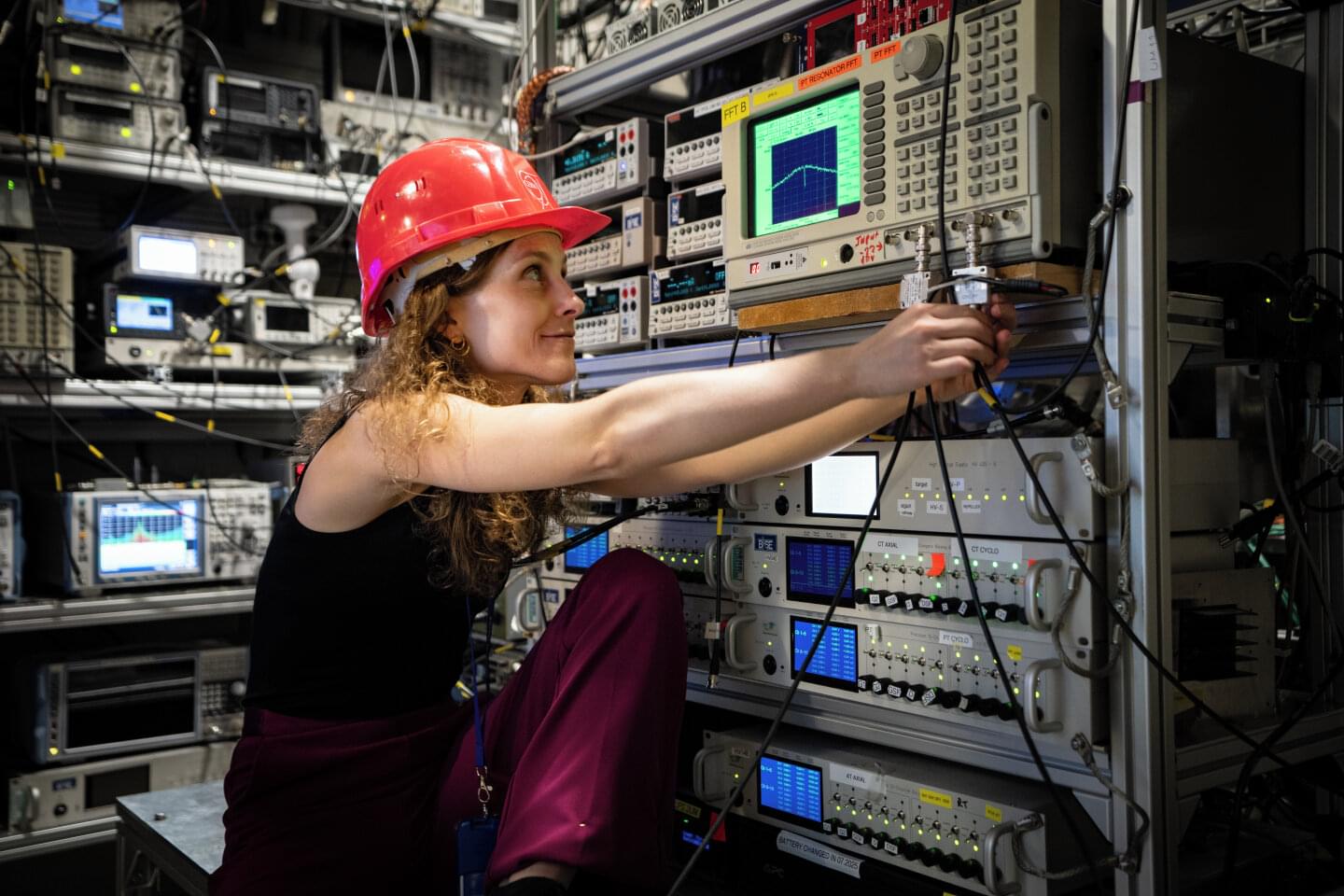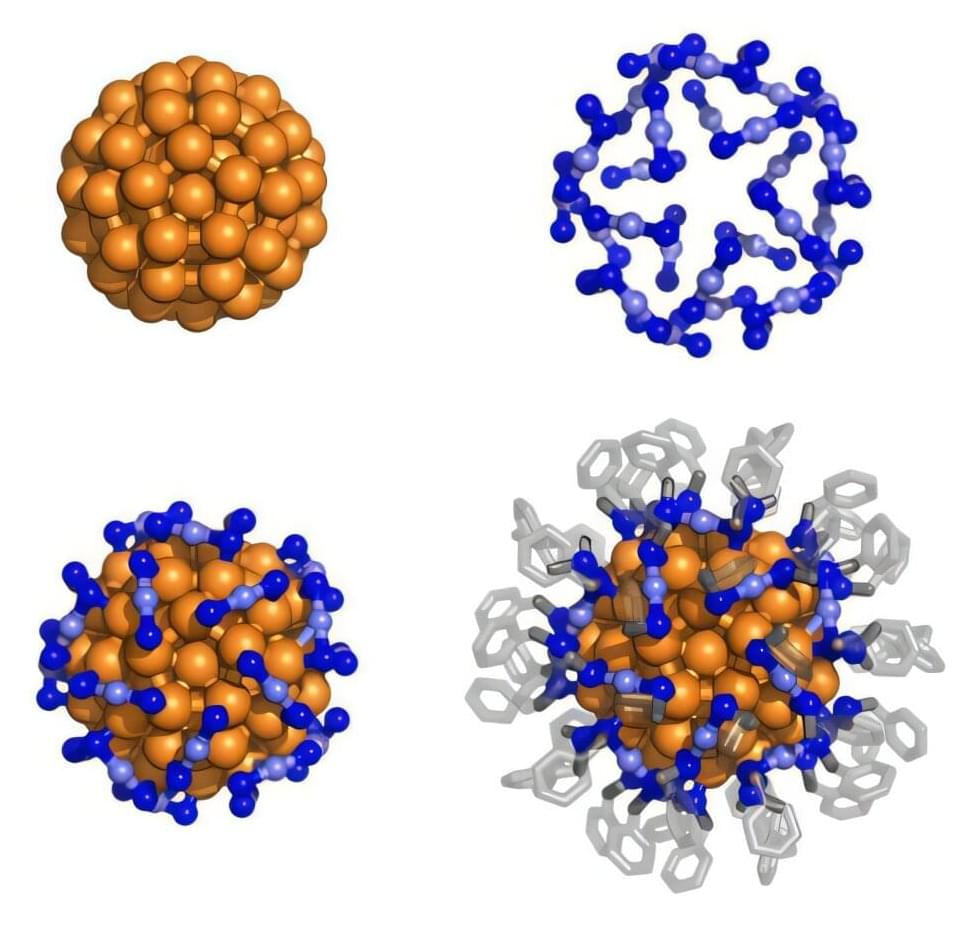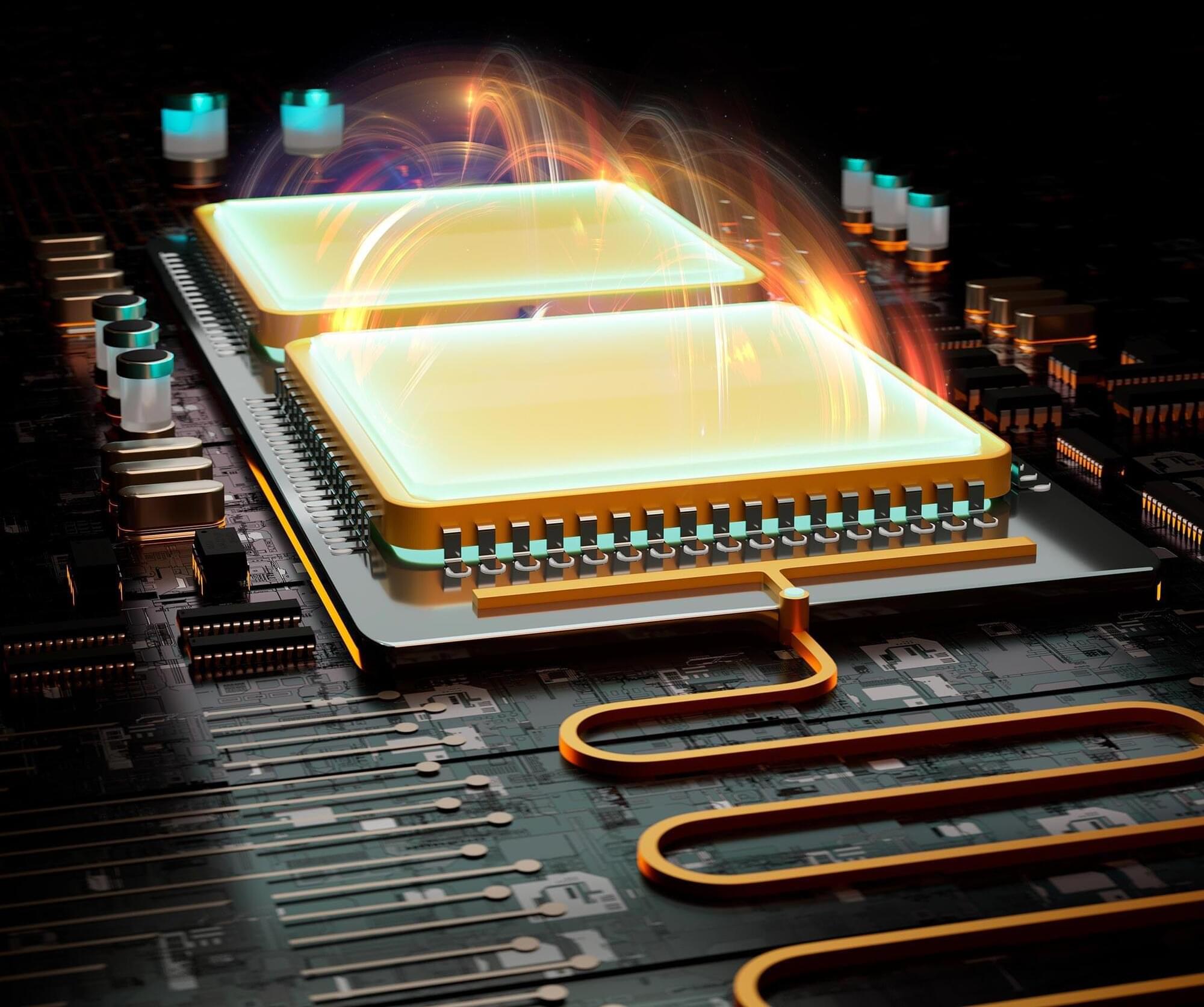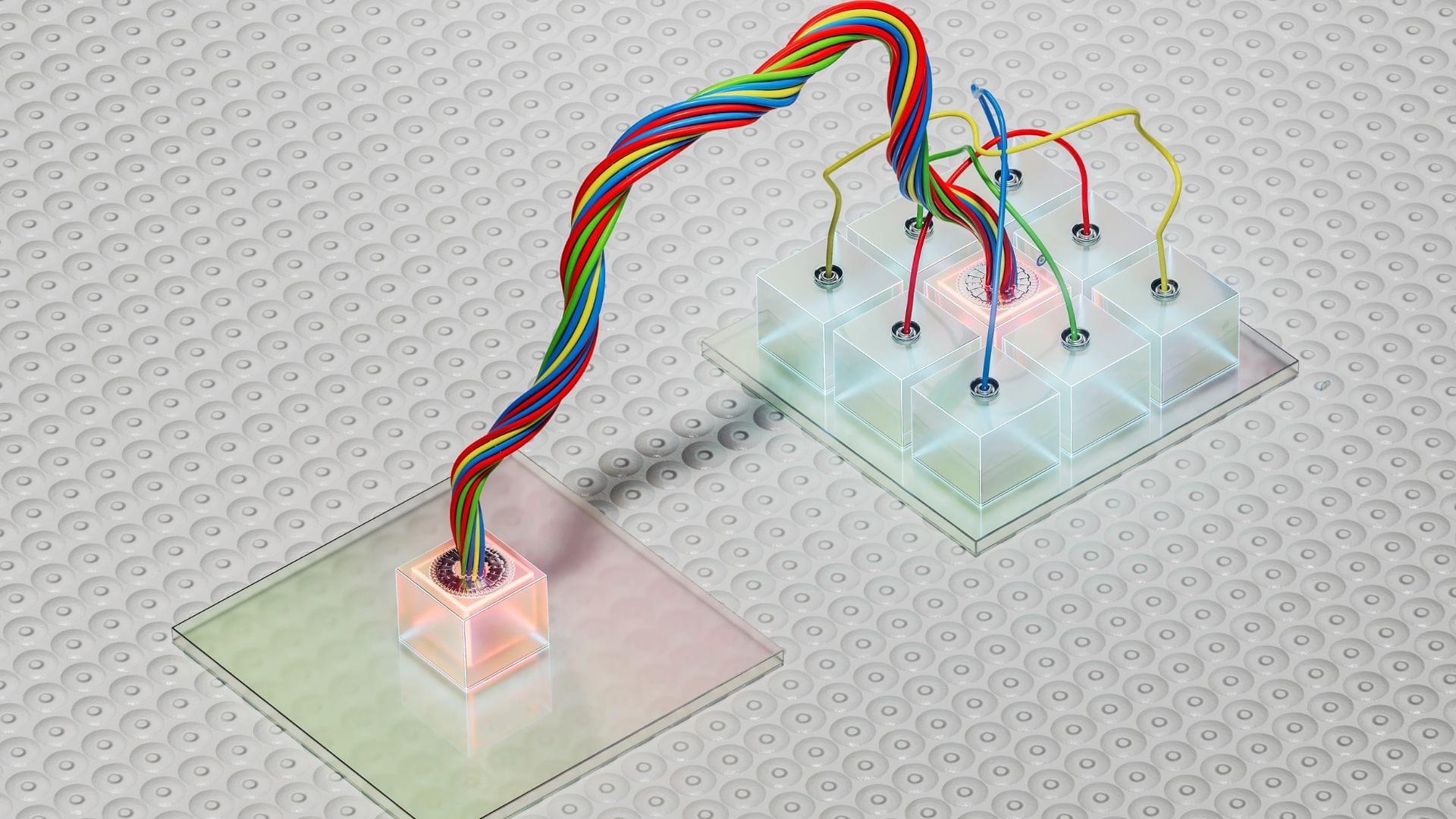A new protocol determines if quantum information has been faithfully transmitted in cases where transmission hardware may not work as intended.



In a breakthrough for antimatter research, the BASE collaboration at CERN has kept an antiproton—the antimatter counterpart of a proton—oscillating smoothly between two different quantum states for almost a minute while trapped. The achievement, reported in a paper published today in the journal Nature, marks the first demonstration of an antimatter quantum bit, or qubit, and paves the way for substantially improved comparisons between the behavior of matter and antimatter.

What do children’s building blocks and quantum computing have in common? The answer is modularity.
It is difficult for scientists to build quantum computers monolithically—that is, as a single large unit. Quantum computing relies on the manipulation of millions of information units called qubits, but these qubits are difficult to assemble. The solution? Finding modular ways to construct quantum computers. Like plastic children’s bricks that lock together to create larger, more intricate structures, scientists can build smaller, higher-quality modules and string them together to form a comprehensive system.
Recognizing the potential of these modular systems, researchers from The Grainger College of Engineering at the University of Illinois Urbana-Champaign have presented an enhanced approach to scalable quantum computing by demonstrating a viable and high-performance modular architecture for superconducting quantum processors.

A University of Colorado Denver engineer is on the cusp of giving scientists a new tool that can help them turn sci-fi into reality.
Imagine a safe gamma ray laser that could eradicate cancer cells without damaging healthy tissue. Or a tool that could help determine if Stephen Hawking’s multiverse theory is real by revealing the fabric underlying the universe.
Assistant Professor of Electrical Engineering Aakash Sahai, Ph.D., has developed a quantum breakthrough that could help those sci-fi ideas develop and has sent a ripple of excitement through the quantum community because of its potential to revolutionize our understanding of physics, chemistry, and medicine.

The Korea Research Institute of Standards and Science has successfully developed a length measurement system that achieves a level of precision approaching the theoretical limit allowed by quantum physics.
The system boasts world-leading measurement accuracy while maintaining a compact and robust design suitable for field deployment, making it a strong candidate to serve as the new benchmark for next-generation length metrology. The work is published in the journal Laser & Photonics Reviews.
Currently, the most precise instruments for measuring length are national length measurement standards, which define the unit of one meter. These instruments, operated by leading national metrology institutes including KRISS, utilize interferometers based on single-wavelength lasers to perform ultra-precise length measurements.



The efficiency of quantum computers, sensors and other applications often relies on the properties of electrons, including how they are spinning. One of the most accurate systems for high-performance quantum applications relies on tapping into the spin properties of electrons of atoms trapped in a gas, but these systems are difficult to scale up for use in larger quantum devices like quantum computers.
Now, a team of researchers from Penn State and Colorado State has demonstrated how a gold cluster can mimic these gaseous, trapped atoms, allowing scientists to take advantage of these spin properties in a system that can be easily scaled up.
“For the first time, we show that gold nanoclusters have the same key spin properties as the current state-of-the-art methods for quantum information systems,” said Ken Knappenberger, department head and professor of chemistry in the Penn State Eberly College of Science and leader of the research team.

